In the Shadow of Tariffs, Xi Makes His Rounds—But ASEAN Still Pins Its Hopes on the US
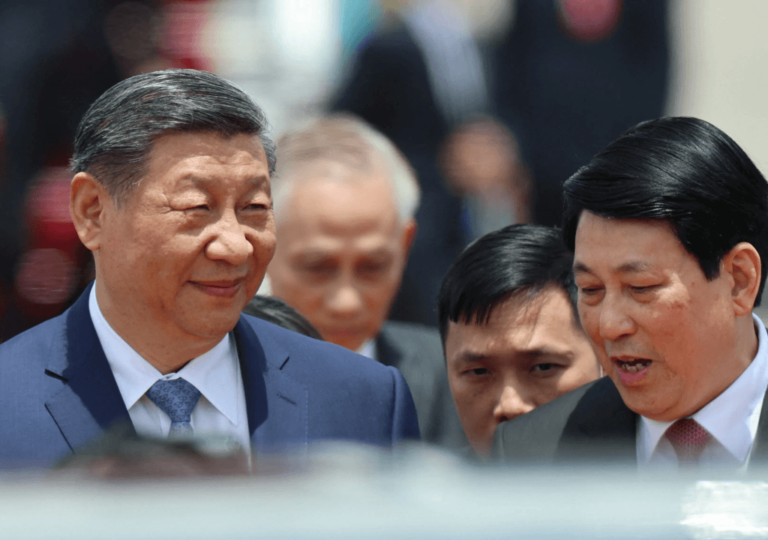
As Xi Jinping deepens ties in Southeast Asia, ASEAN nations quietly navigate trade diplomacy—still hoping toward the U.S. amid rising China-U.S. tariff tensions.

As Xi Jinping deepens ties in Southeast Asia, ASEAN nations quietly navigate trade diplomacy—still hoping toward the U.S. amid rising China-U.S. tariff tensions.
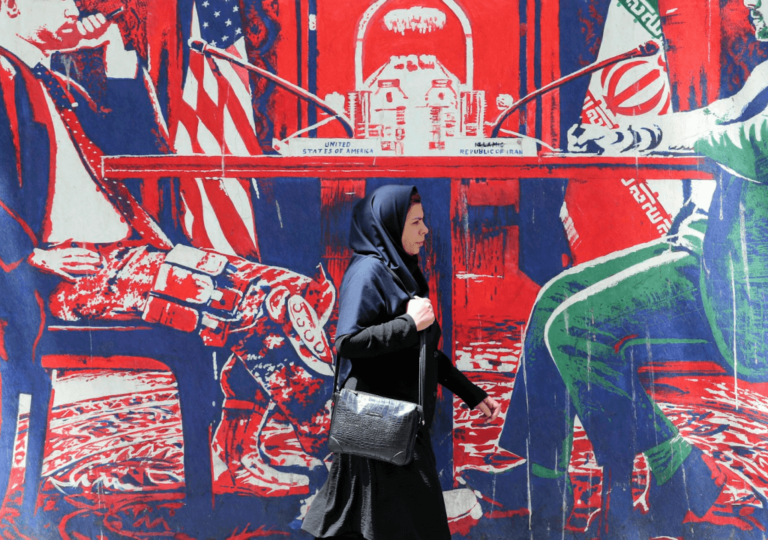
Positive signals emerge after the first round of US-Iran nuclear talks in 2025. Is a new agreement finally within reach after years of deadlock?
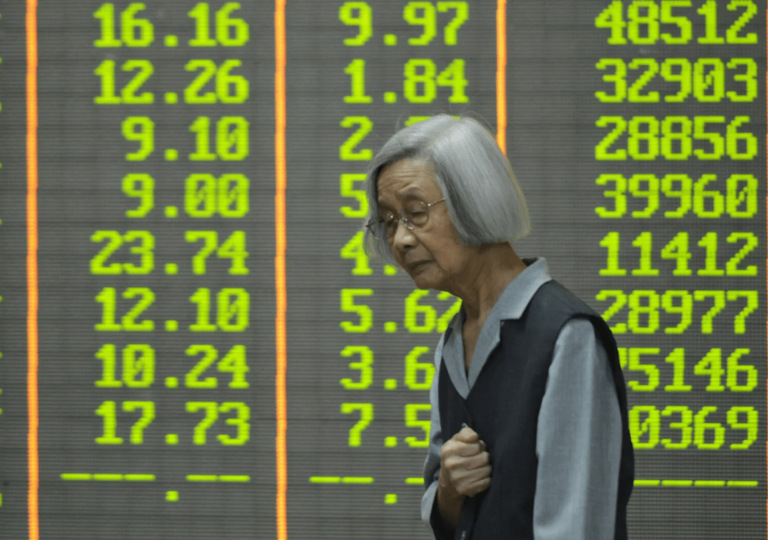
As Trump's tariffs escalate, China resists pressure, seeks new trade alliances, and signals it won't back down in the deepening US-China trade conflict.
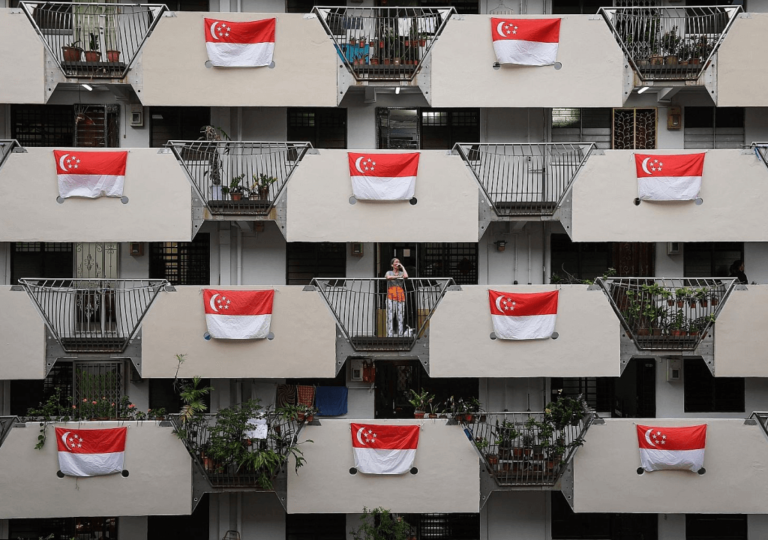
Explore how Singapore’s political parties are responding to the country’s long-standing housing challenges. From BTO reforms to rental schemes, here's what’s being proposed to address affordability and access.
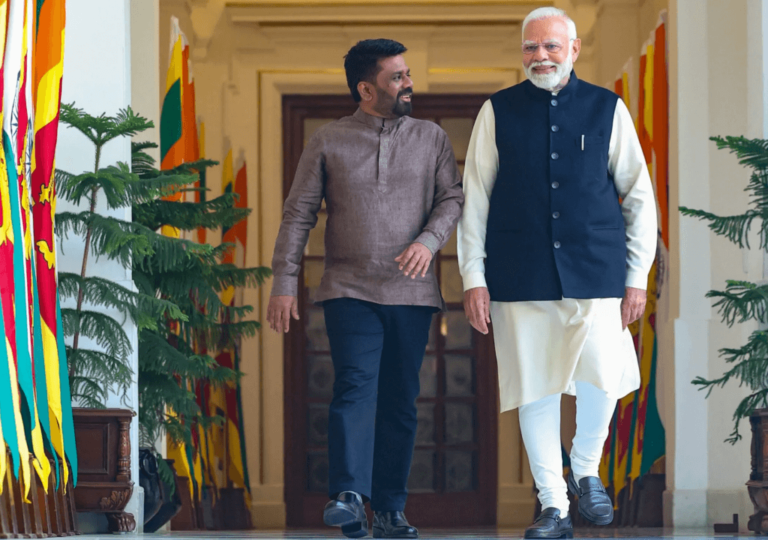
Amid shifting alliances and regional recalibrations, Sri Lanka appears to be edging closer to India once more. This piece explores the subtle currents reshaping South Asia’s geopolitical landscape.
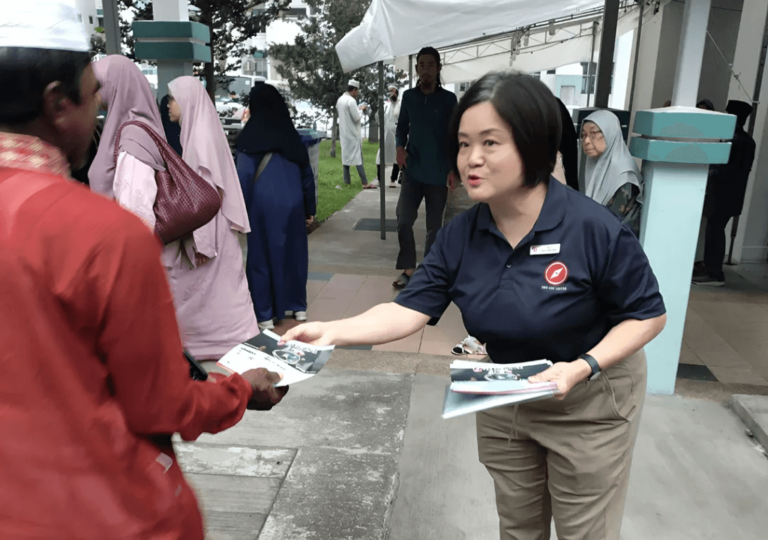
Red Dot United sets its sights on Parliament in GE2025, campaigning on cost of living concerns and fair representation.
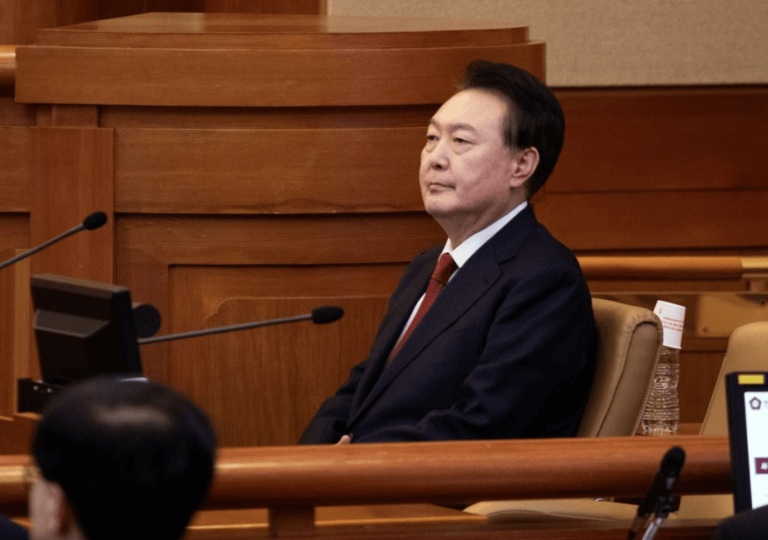
President Yoon Suk Yeol has been removed from office, but South Korea’s political crisis is far from over as the country braces for what comes next.
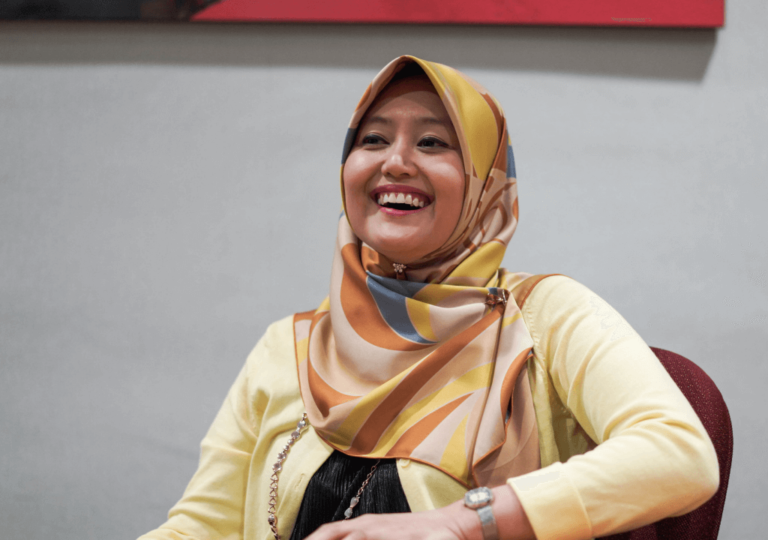
With GE2025 approaching, PAP unveils fresh faces—but is this a genuine revitalization or a strategic move to counter public dissatisfaction?
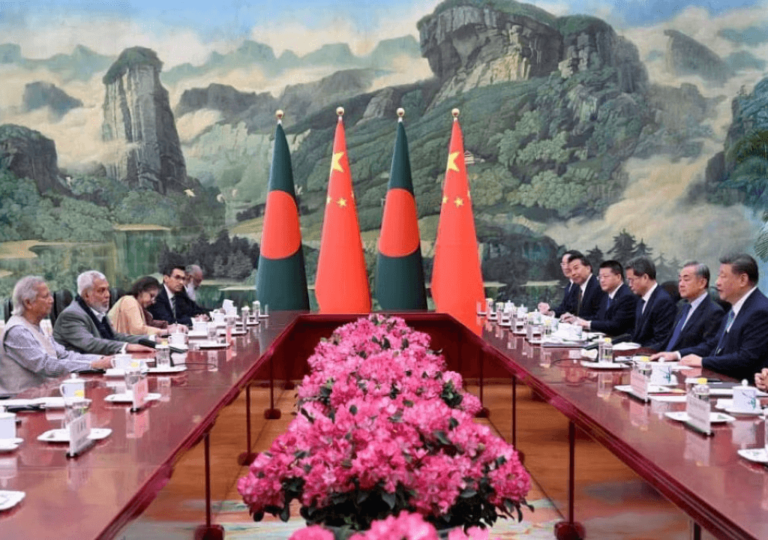
Bangladesh is drawing China’s interest with its strategic location, opening doors for deeper trade, investment, and geopolitical influence in South Asia. What are the implications?
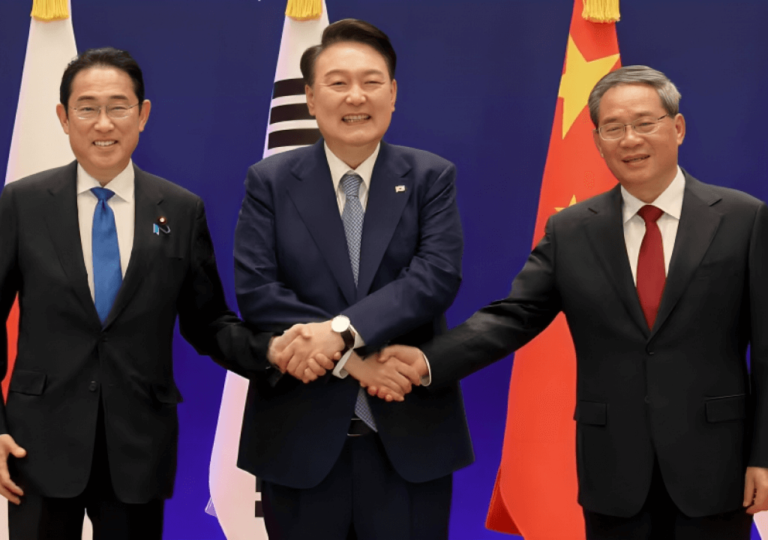
As China, Japan, and South Korea strengthen trade ties, can East Asia overcome historical rivalries to form a dominant economic bloc? Explore the potential impact on regional and global relations.